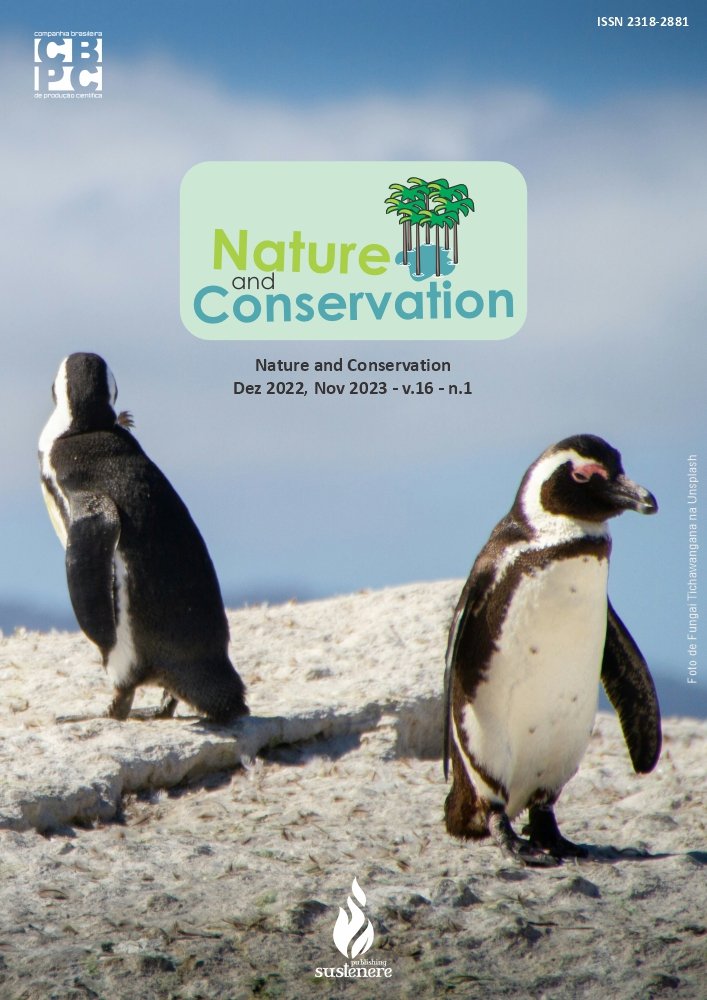Conflicts of land use in areas of permanent preservation in accordance with the new forest code
DOI:
https://doi.org/10.6008/CBPC2179-6858.2021.010.0024Keywords:
River basin, APPs, System of geographical informationAbstract
Permanent Preservation Areas (APPs) play a key role in protecting natural resources and biodiversity. The monitoring of the Apps represents a great challenge under the technical and economic aspect, and one of the instruments that has been used to monitor these areas is the use of geotechnologies. With this, the work aims to delimit the APP in the Arroio Grande (RS) river basin and identify conflicts of use and occupation in disagreement with the legislation, through the software Arcgis 10.3. For this, we used the methodology of delimitation of the river basin for morphometric characterization, later, we performed the classification of images of the satellite LANDSAT 8 (OLI) in environment of Geographic Information System (GIS). Through the results obtained, the drainage area of the basin presented 966.24 km² and seven classes of land use and occupation were identified. The study revealed that of 36.90 Km² of APP found, 22.54 Km² correspond to areas that are in accordance with the legislation, but 14.36 Km² had disagreement, that is, presence of conflicts of land use. These conflicts require attention in relation to monitoring and surveillance, because in some points they are identified as agriculture present very close to the watercourses, with this often result in negative impacts, as in the silting of the riverbanks and road of the soil with agricultural defensives.
Downloads
Downloads
Published
Issue
Section
License
Copyright (c) 2021 Ibero-American Journal of Environmental Sciences

This work is licensed under a Creative Commons Attribution-NonCommercial-NoDerivatives 4.0 International License.
The CBPC - Companhia Brasileira de Produção Científica (Brazil CNPJ: 11.221.422/0001-03) the material rights of the published works. The rights relate to the publication of the work anywhere in the world, including rights to renewals, expansions and dissemination of the contribution, as well as other subsidiary rights. All electronically published works may subsequently be published in printed collections under the coordination of this company and / or its partners. The authors preserve the copyright, but are not allowed to publish the contribution in another medium, printed or digital, in Portuguese or in translation.









